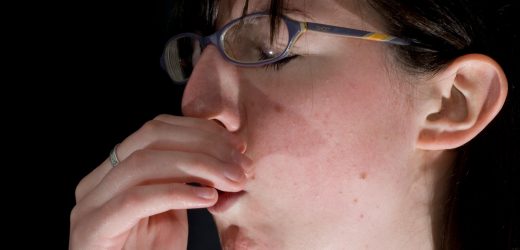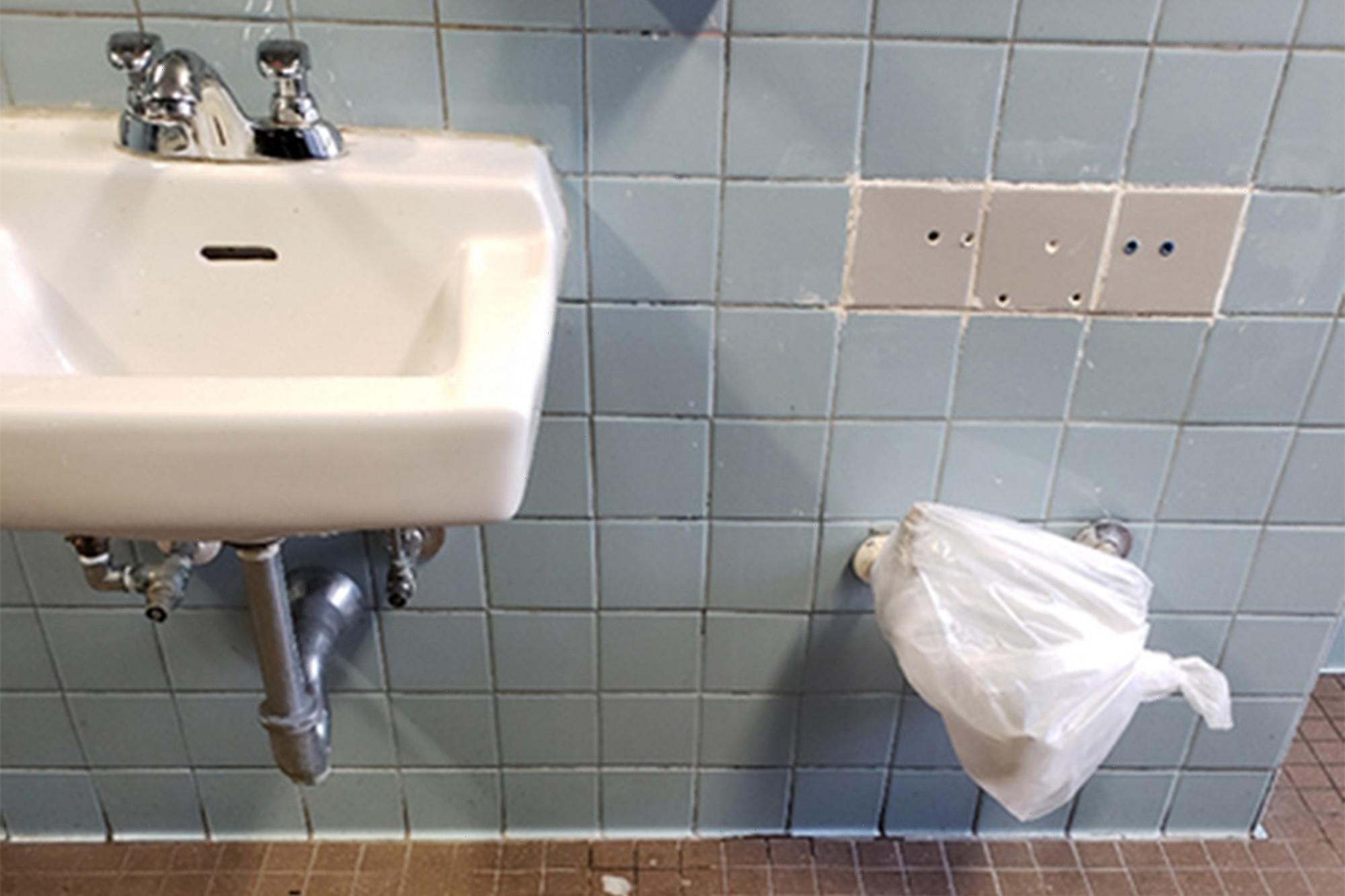Fighting airborne transmission is key to any future attempts to reduce the transmission of COVID-19, a BMJ editorial has said.
The editorial looked at how a cloud of exhaled smoke behaves to suggest people are most likely to get the virus when they are standing within one metre of someone who has it.
However, it adds that people also have a potential to get infected if they are in a room in which windows cannot be opened or there is not a ventilation system, as viruses can linger in the air even after an COVID-positive person has left.
The international team of scientists who authored the editorial have called for workplaces, healthcare facilities and education providers to pay greater attention to the cleanliness of the air in their buildings.
Due to the pandemic, scientists now have a better understanding of how airborne viruses work – including how they transmit.
The article said that the terms “droplet,” “airborne,” and “droplet nuclei” were poorly defined and lead to misunderstandings.
The benefits of ventilation do not just include reducing the spread of the coronavirus, but also could lead to “reduced sick leave for other respiratory viruses and even environmentally related complaints such as allergies and sick building syndrome”.
The authors add: “Less absenteeism – with its adverse effect on productivity – could save companies significant costs, which would offset the expense of upgrading their ventilation systems.”
The team, which includes both microbiologists and engineers, also stated: “The transmission of SARS-CoV-2 after touching surfaces is now considered to be relatively minimal.”
As well as making sure that airflow in buildings is increased – through methods as simple as opening windows and air conditioning systems – the BMJ editorial also states that high filtration and properly fitted masks are important.
This is because aerosolised viruses can find their way through gaps between the mask and face.
The experts conclude: “COVID-19 may well become seasonal, and we will have to live with it as we do with influenza. So governments and health leaders should heed the science and focus their efforts on airborne transmission.
Subscribe to the Daily podcast on Apple Podcasts, Google Podcasts, Spotify, Spreaker
“Safer indoor environments are required, not only to protect unvaccinated people and those for whom vaccines fail, but also to deter vaccine resistant variants or novel airborne threats that may appear at any time.
“Improving indoor ventilation and air quality, particularly in healthcare, work, and educational environments, will help all of us to stay safe, now and in the future.”
Source: Read Full Article


